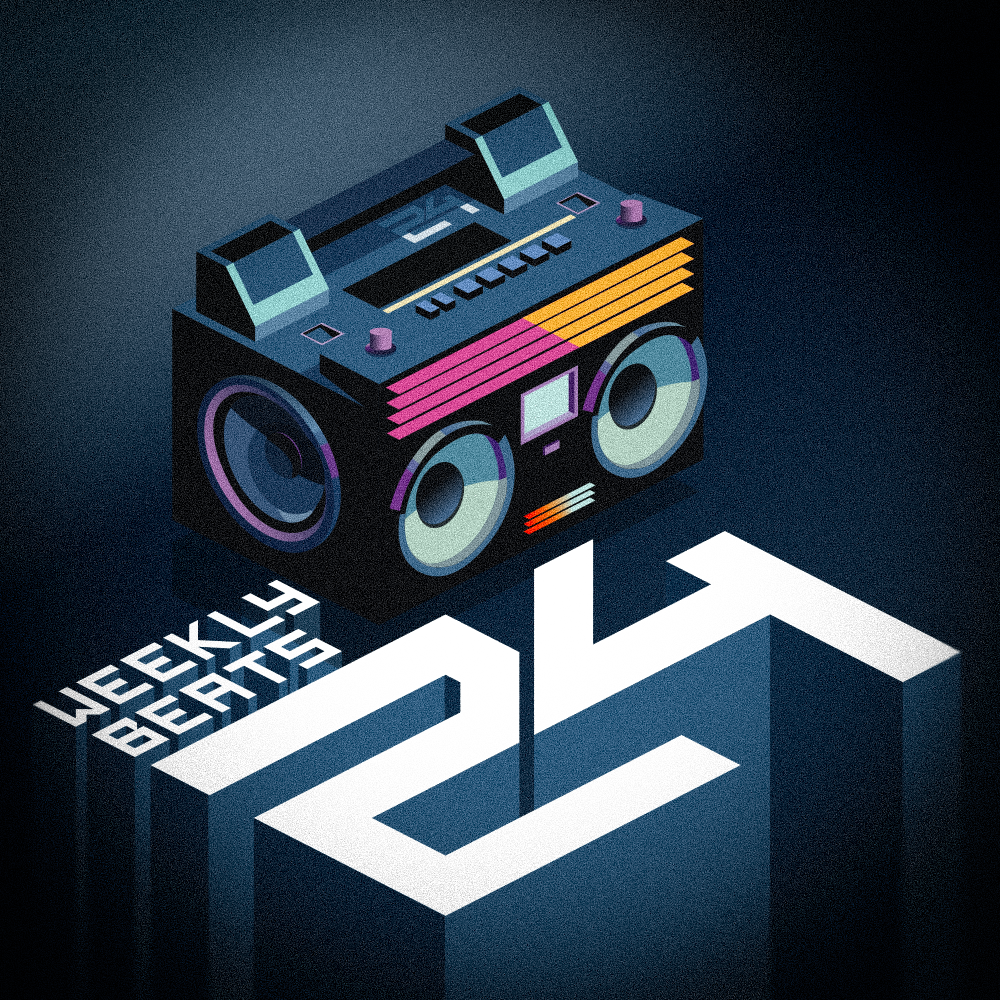Stones
By onezero on January 21, 2018 7:50 pm
A semi-organic piece that emerged late in the week. I started with a 909 drum rack that was fairly fast, added some percussion and handclaps, and...it was too busy. Slowing it way down and adding some delay to the percussion and claps made it a bit more interesting. Following on from last week, I figured I'd try to keep it to relatively few tracks, and ended up with 9 total, one of which (grand piano) I didn't use in the final mix, though some of the lines went to the electric piano track.
Lot of drums here: 909 kit (parallel high-pass auto-filter on the kick to boost resonance and beater tone, and high-pass auto-filter on the hat to cut out some annoying frequencies). This kit went to a studio-room convolution reverb, with high-pass auto-filter in front of it to roll off the lows. Also impulse hand claps (going to a delay), impulse congas (same), drum rack with just a Kawai K3M kick in it, drum rack of other percussion (also going to a delay). Tonal instruments: electric bass (Epi P-J) with EQ-8 to notch out the kick frequencies, and a lot of send to a studio room ambience convolution reverb (with a high-pass in front of it to keep it from booming). A briefly-used staccato analog synth voice, and Electric for electric piano.
Sends: two convolution reverbs, simple delay, and filter delay. Full-chain master on everything, but with the compression off--it was pumping too hard, and I just wanted limiting.
Title from lithium, element 3.
Audio works licensed by author under:
Copyright All rights reserved

